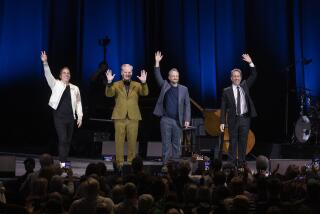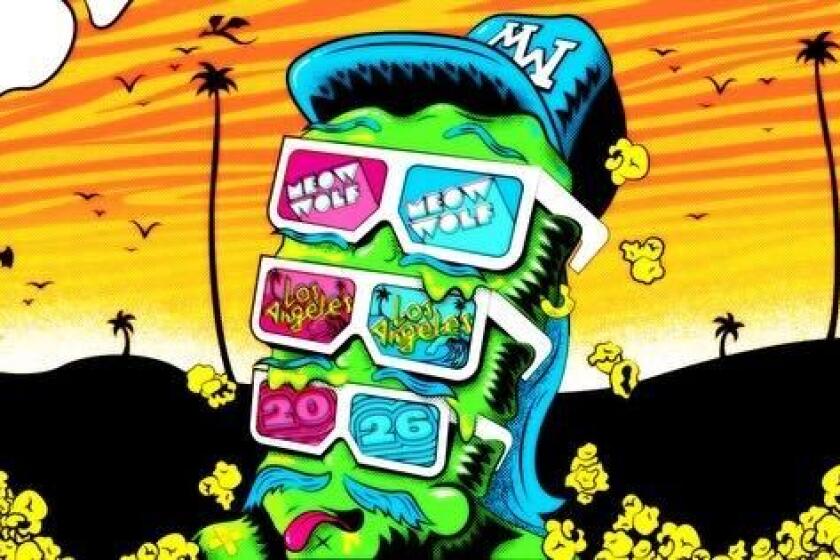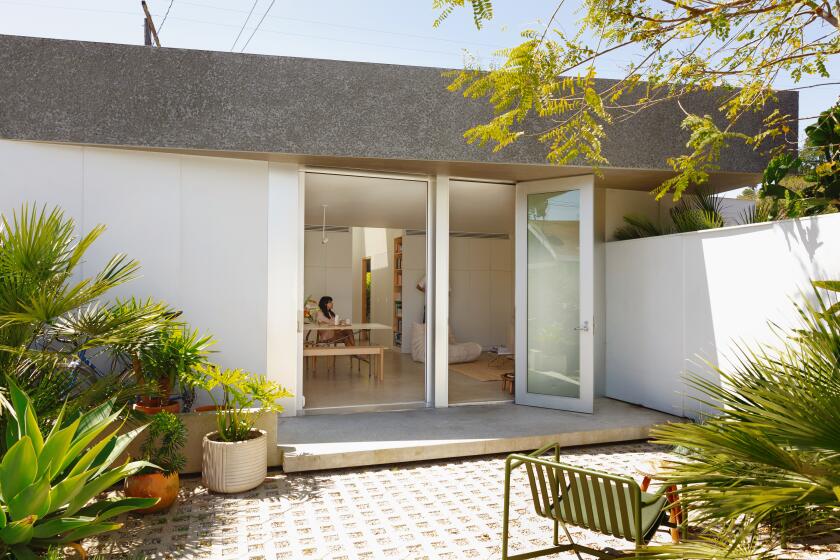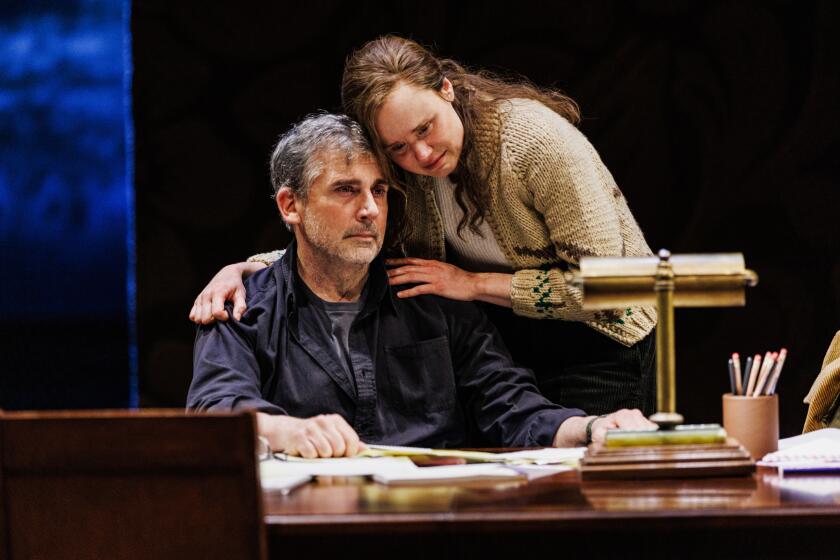If the urban chaos of the South...
If the urban chaos of the South Bay has become overwhelming lately and your next vacation seems years away, there is still time to enjoy a few moments of rural serenity without fleeing Los Angeles.
“Song of Creation, Voice of the Land,” the current exhibition at Loyola Marymount University’s Laband Art Gallery, reflects two artists’ visions of their rural worlds.
Focusing primarily on 28 recent works by New York landscape artist Harry Orlyk, the free exhibit offers images of the transition of the seasons in Upstate New York’s rural Washington County.
Also presented are nine color lithographs by Charles-Marie Dulac that make up his 1894 symbolist work, “Cantique des Creatures.” Dulac, who died in 1899 at 33, was considered one of the most promising French artists of his generation.
In combining Dulac’s century-old images with Orlyk’s modern-day oil paintings, gallery organizers aim to remind viewers of Earth’s timeless natural beauty.
The Laband exhibit, which concludes April 11, marks the first time that all nine images of Dulac’s suite have been displayed in the western United States.
Dulac “used a lot of pale colors, browns and yellows and tans, and his images are not as specific,” gallery assistant Melanie Tucker said. Orlyk creates detailed bucolic scenes; Dulac focused on trees and cliffs in an almost abstract manner, she said.
Orlyk’s works are displayed chronologically, recording the passage of the seasons from the spring of 1991 into the winter of 1992.
“His summer images are really gorgeous,” Tucker said. “He uses a lot of purples and greens . . . and they’re beautiful, incredible really, because of the textures that he uses, with lots of layers and rich colors.”
Orlyk, who for 12 years has spent his days rambling through the countryside seeking images, paints on unstretched linen canvases balanced on the steering wheel of his van.
An admirer of Vincent van Gogh and Camille Pissaro, Orlyk creates thickly daubed, Impressionist visions of fields, trees, dirt roads, tractors and, occasionally, farm animals.
People rarely are visible.
“People have said that these paintings project a lot of sadness,” Tucker said. “He uses a lot of darker colors and only recently began using brighter ones.”
Orlyk has said that the feeling of sadness is part of what urges him to paint.
“Often it is the painting itself that defines how I feel and if I did not make it, I would not know,” he once told an interviewer.
The Laband Art Gallery, in the Fritz B. Burns Fine Arts Center on Loyola’s Westchester campus, is open 10:30 a.m. to 4:30 p.m. Wednesday through Friday and noon to 4 p.m. on Saturday. There is no admission charge, although the gallery accepts donations.
More to Read
The biggest entertainment stories
Get our big stories about Hollywood, film, television, music, arts, culture and more right in your inbox as soon as they publish.
You may occasionally receive promotional content from the Los Angeles Times.






